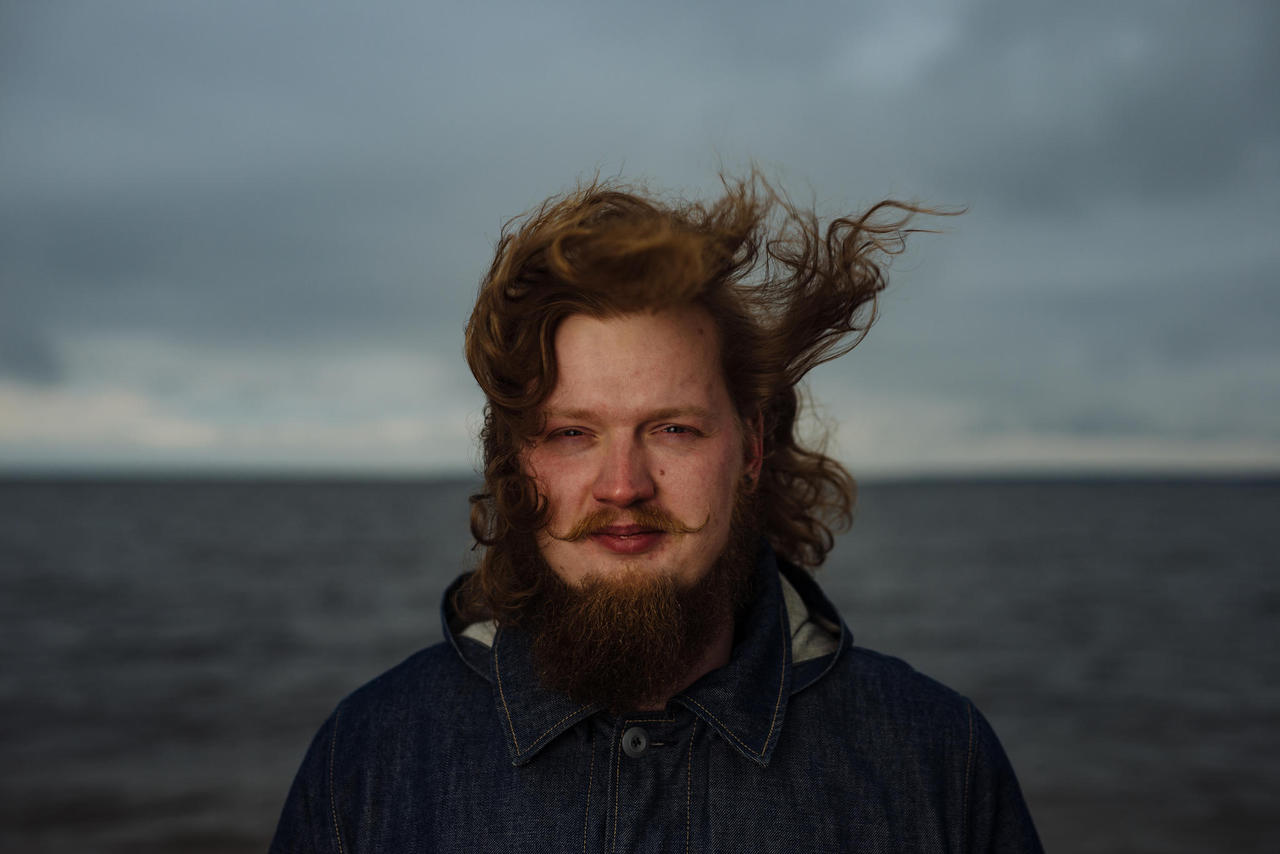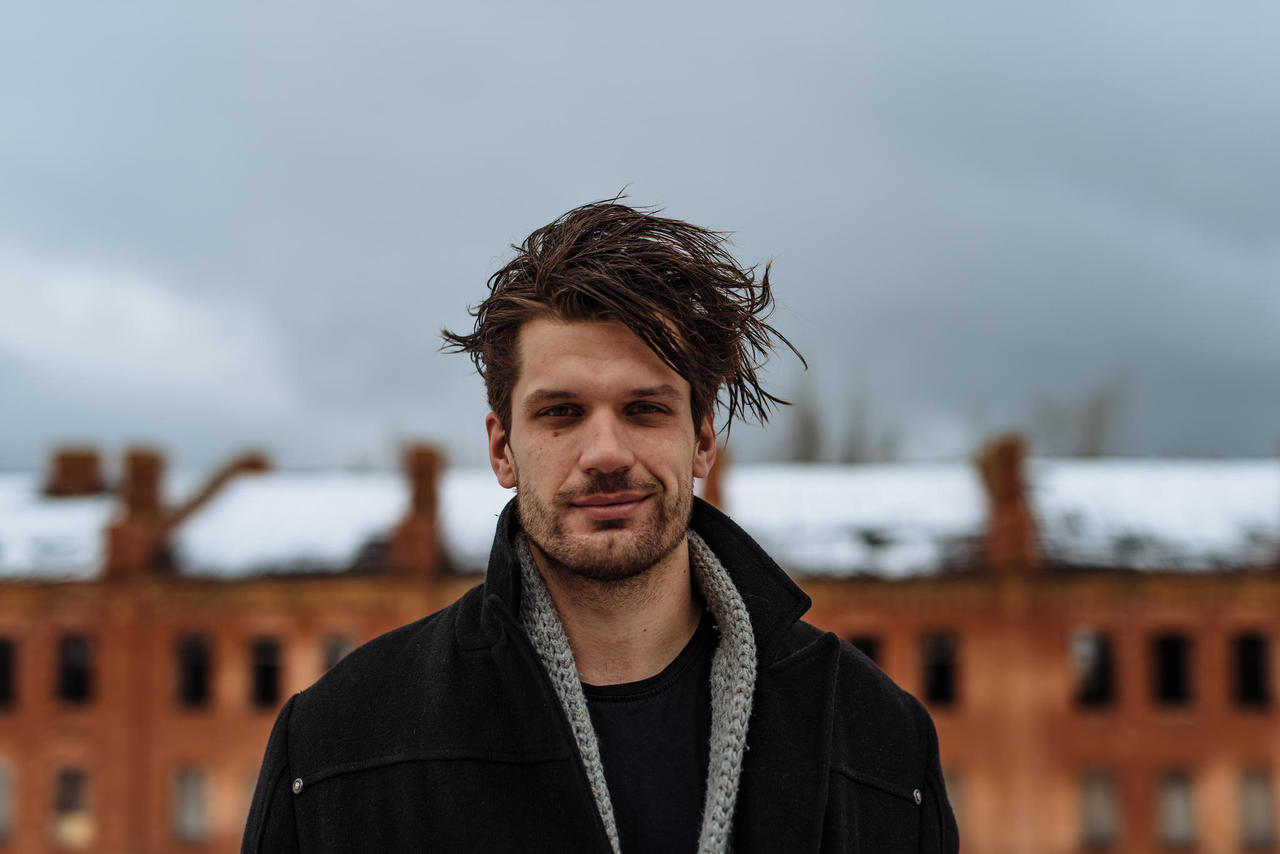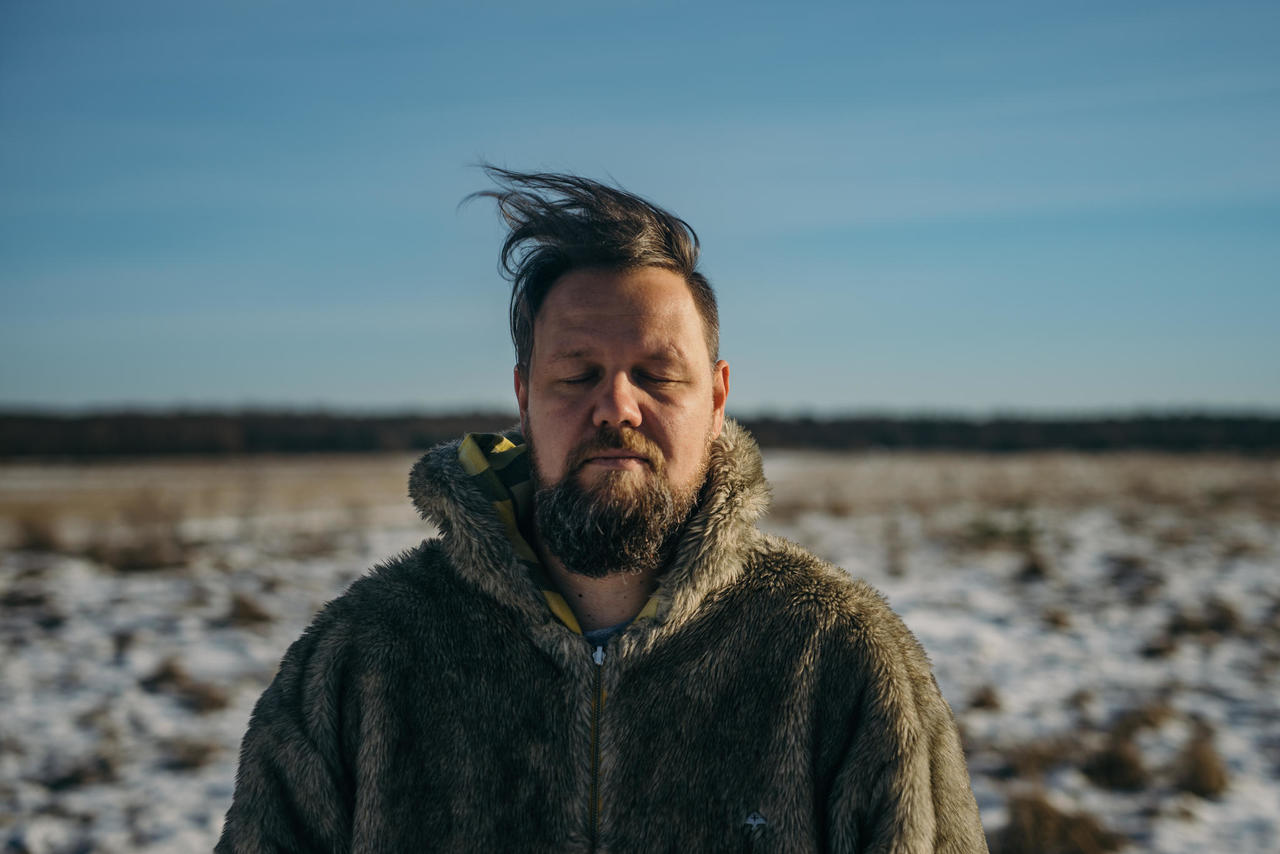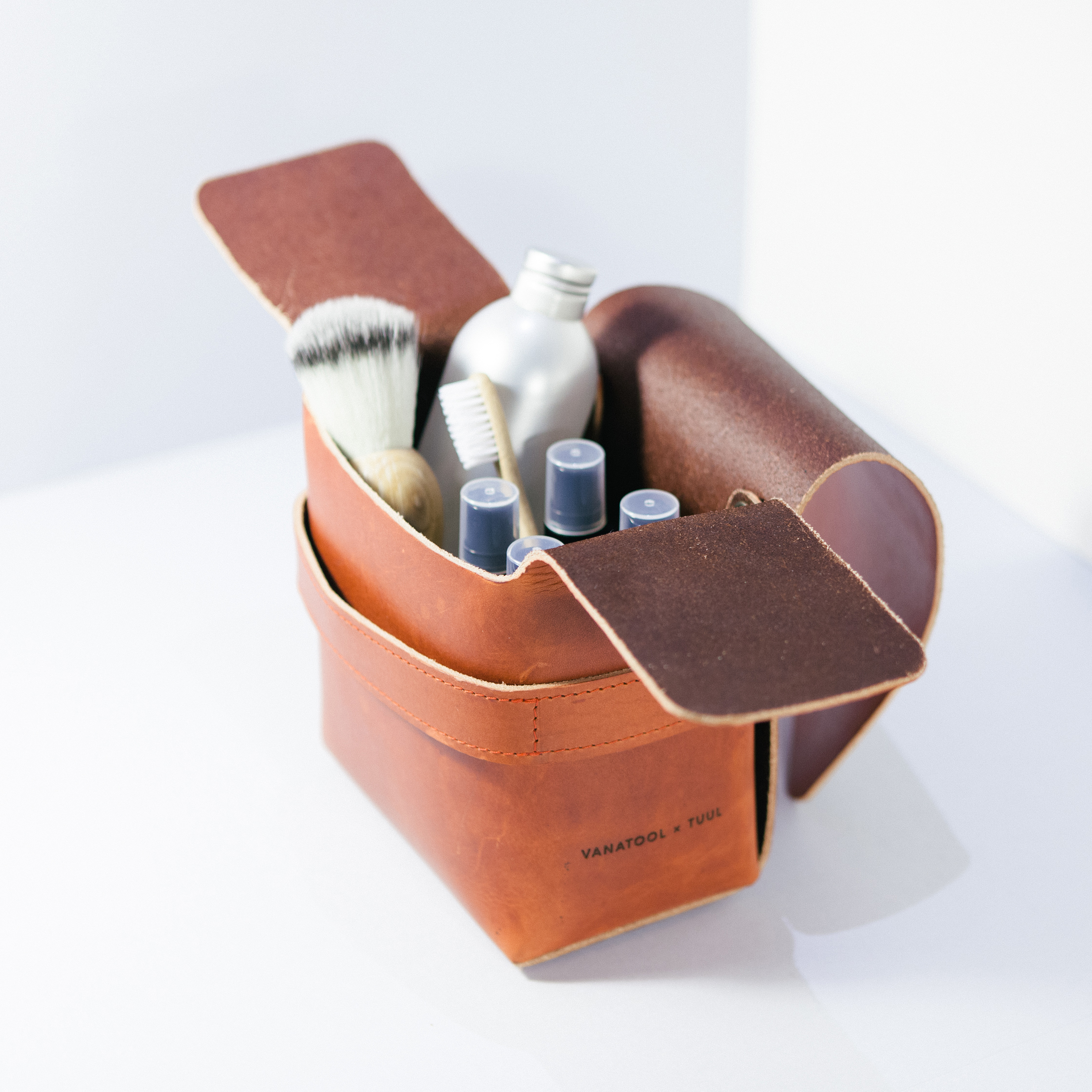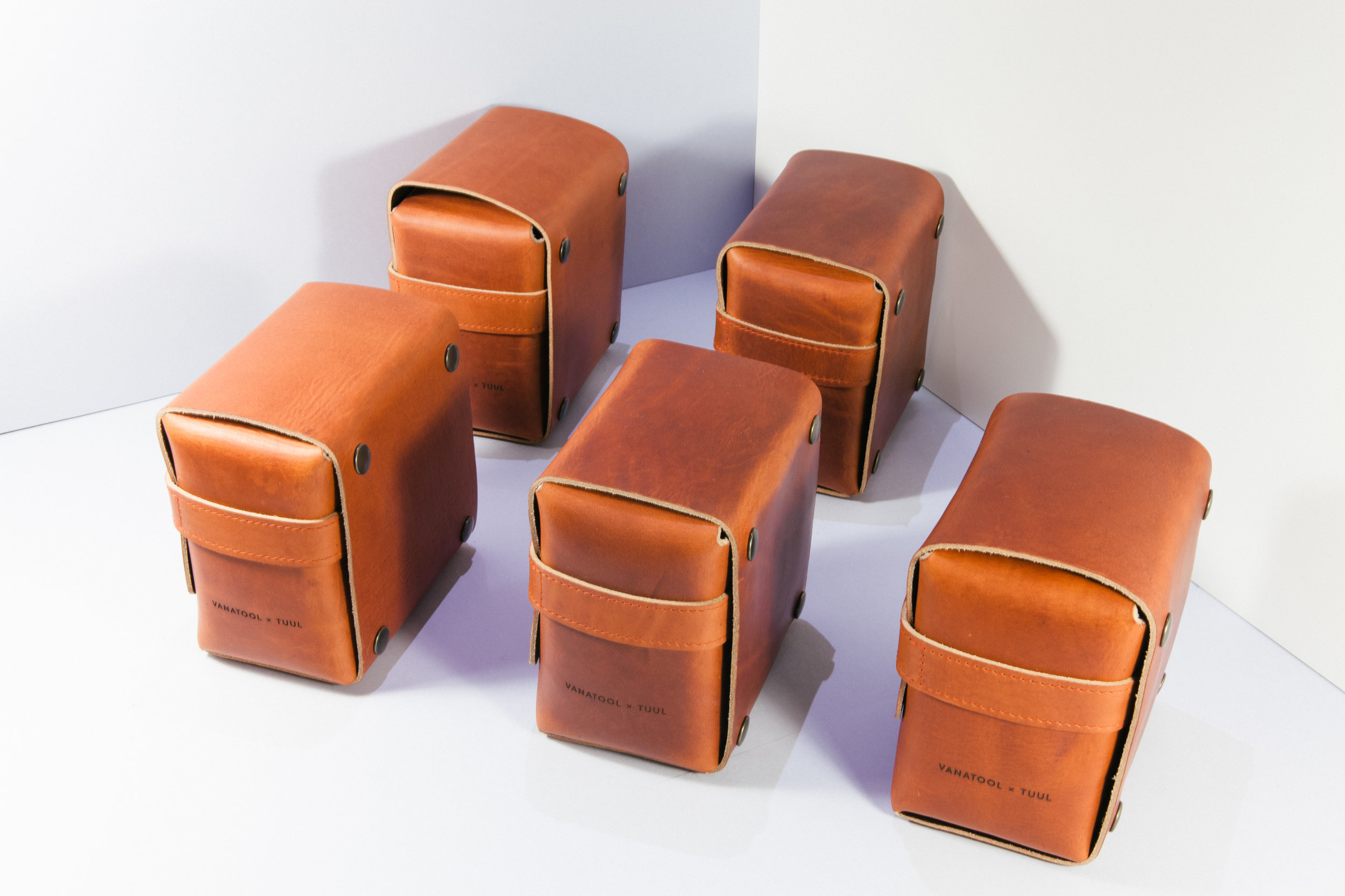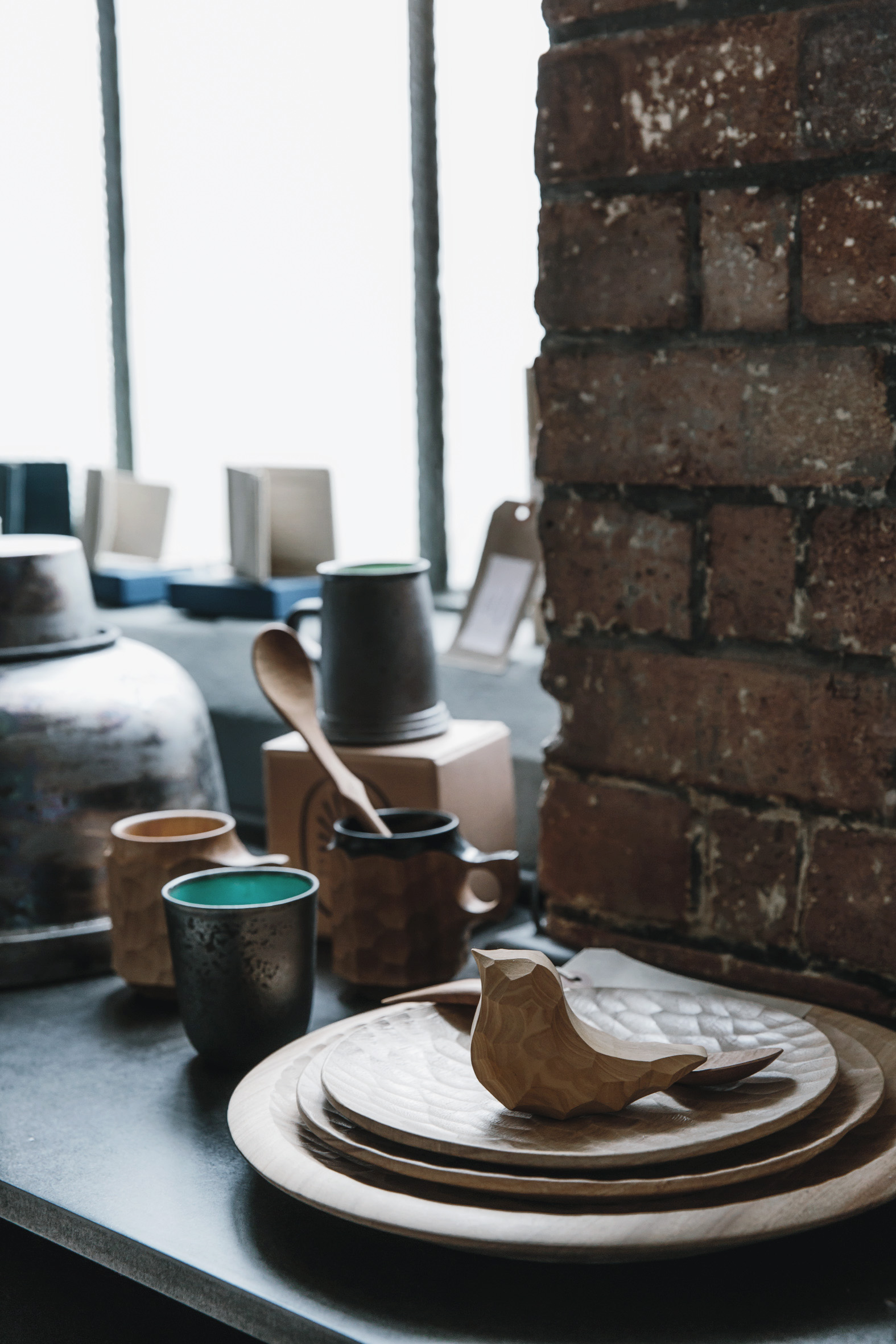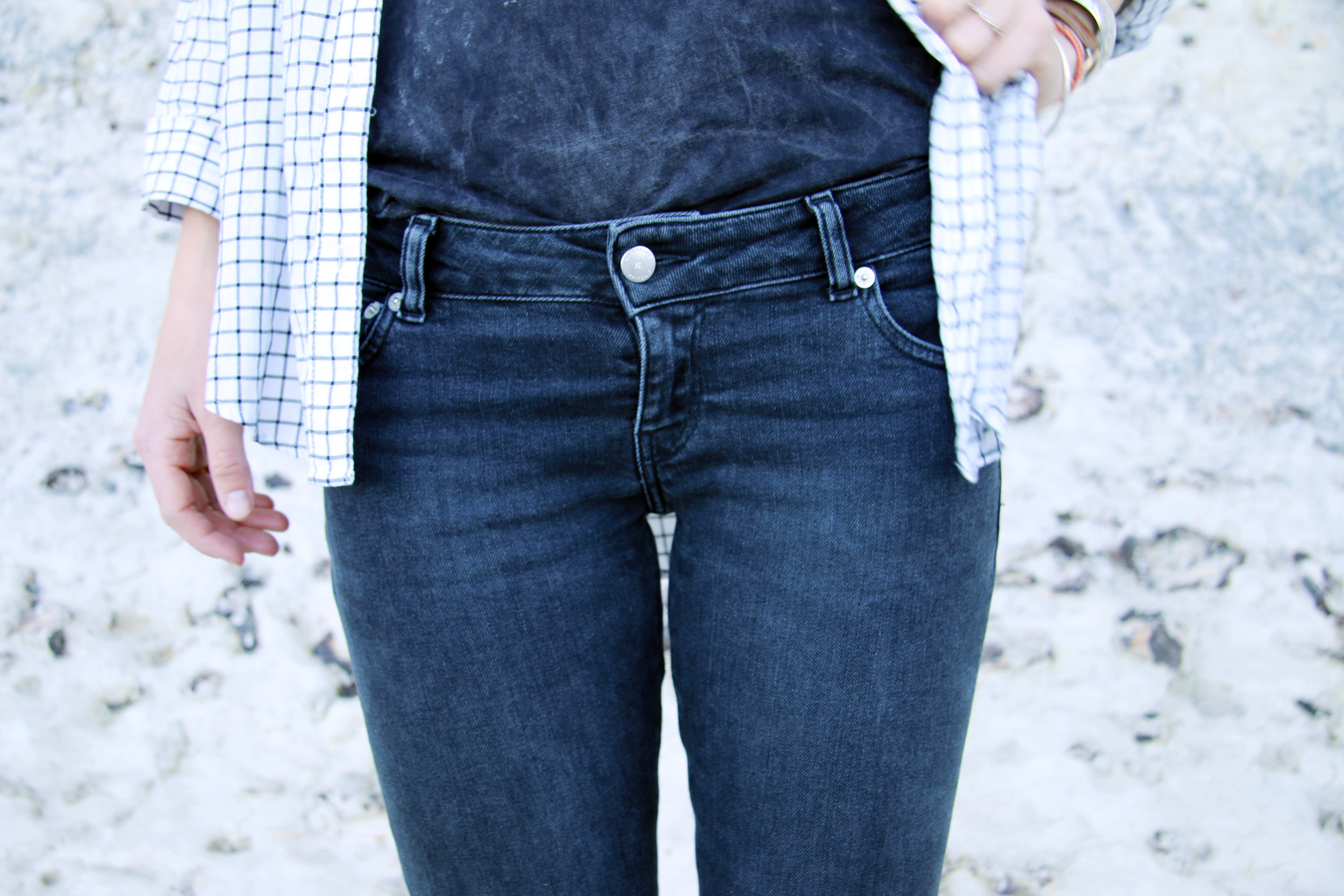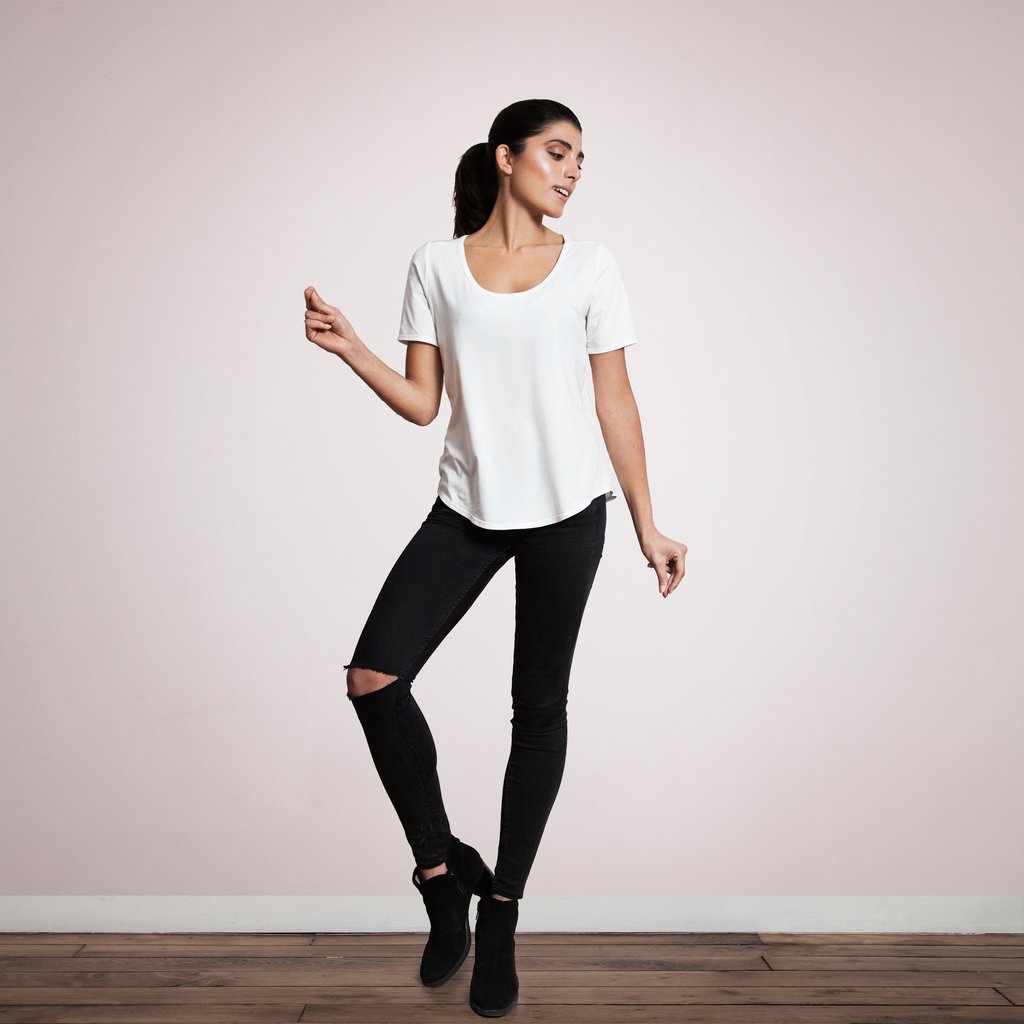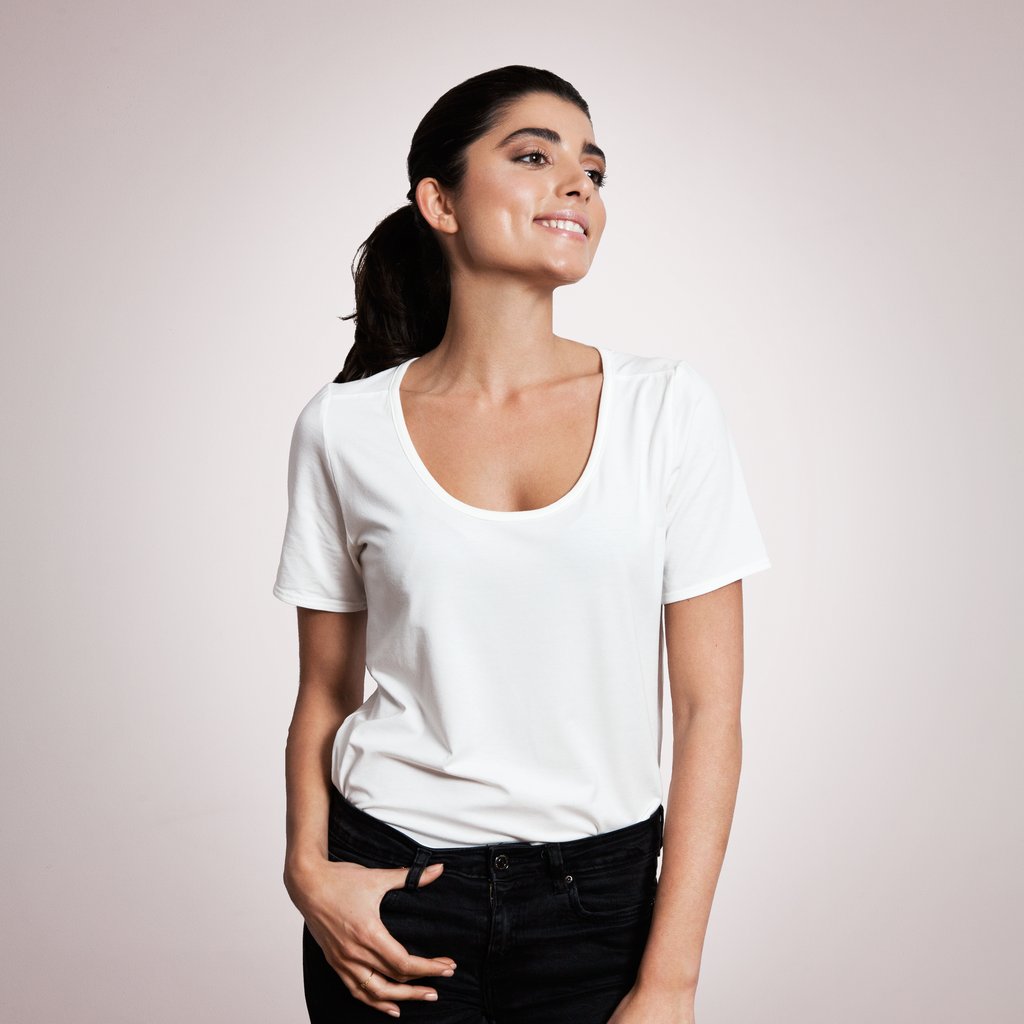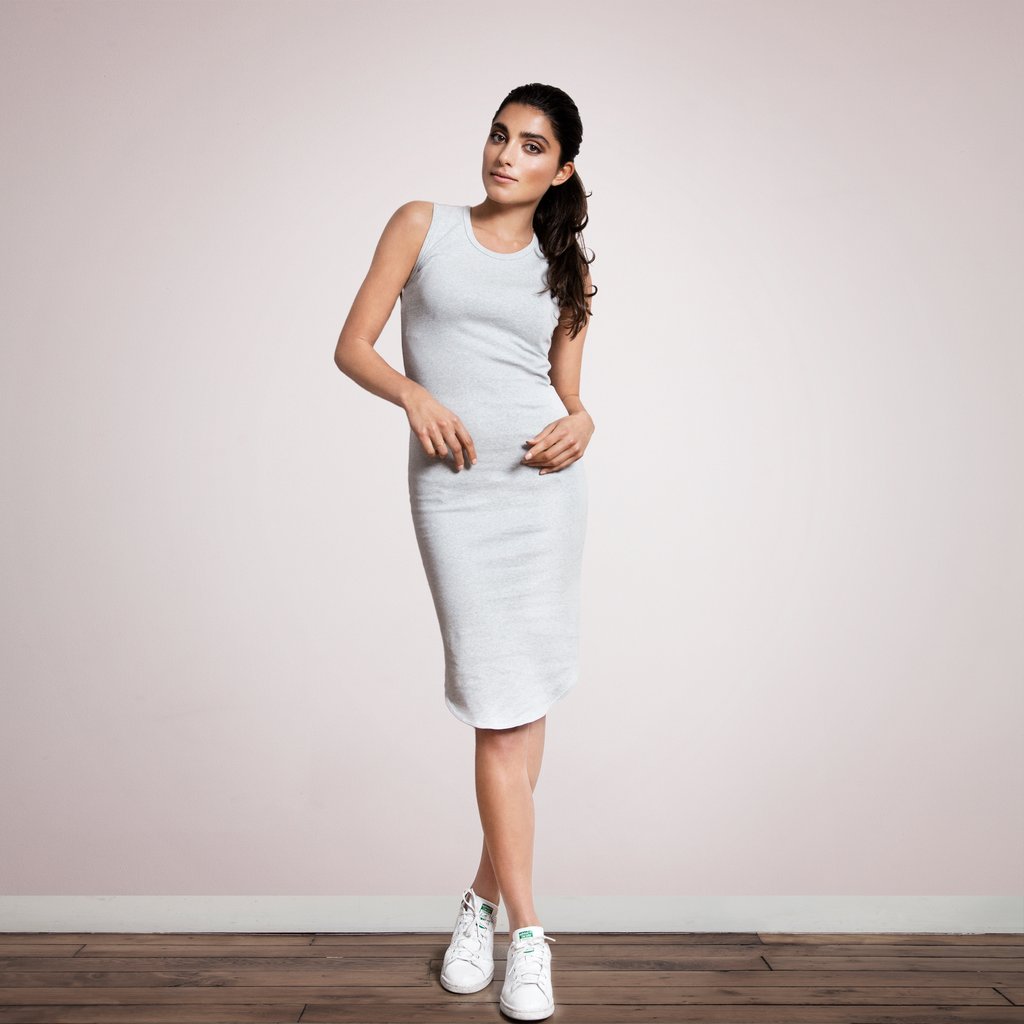Cosmetics for men? And all natural? It’s a combination you definitely don’t come across too often. You might even think along the lines of ’I’m a man and I don’t need face cream!’ — well, the men’s grooming brand Tuul from Estonia will change your mind. Tuul is dedicated to taking good care of men’s skin and beards with their range of natural pampering products. The founders duo, Kädi and Kaarel, shared their story with us.
Words: Johanna Raudsepp
Kädi and Kaarel, founders of Tuul. / Photo by Tõnu Tunnel.
I hope you’re still not tired of this question, but what’s the origin story of Tuul?
We say Tuul (‘wind’ in Estonian) grew out of a personal necessity, but if we delve a bit deeper, then I [Kädi] was pregnant with our little daughter. When you’re expecting, you’re much more sensitive to all kinds of scents. Kaarel had just bought a well-known brand’s perfume, and when he had sprinkled it on in the bathroom, I actually felt nauseous [inhaling the scent], and asked him why won’t he make his own perfume without any added chemicals. He was taken aback by my snappy comment, but the next morning I woke up next to a man with dark circles under his eyes. Turns out he hadn’t slept one bit, and had figured it all out — to start a grooming brand for men.
You are a brand dedicated to men’s skincare. Which essential skincare products should every man have?
Actually, we are not only focused on skincare, but also keeping one’s hair and beard in good and healthy shape. There are products every man needs, like shampoo and deodorant (coming soon), and then there are products that make you feel good and pampered, like beard oils. Every man deserves to be spoiled from time to time.
"He was taken aback by my snappy comment, but the next morning I woke up next to a man with dark circles under his eyes. Turns out he hadn't slept one bit, and had figured it all out - to start a grooming brand for men."
Tuul men's grooming range, 2017.
Who is Tuul?
Tuul is someone who cares.
Developing a new brand is surely not easy. What has been your favourite adventure along way?
Our favourite days must be the days when we are in direct contact with our customers — meeting people, receiving their feedback, finding out what their needs are. The research and development process is also very exciting with each product — finding out what the best ingredients are, how should the result smell, feel and look. We’re always excited for collaborations as well — like the travel pouch we did together with a local leather manufacturer, Vanatool.
"Every man deserves to be spoiled from time to time."
At Savant, we pay close attention to making environmentally conscious choices when it comes to the products we use. How is Tuul sustainable in its day-to-day life?
We’re all in for organic choices. The ingredients of our upcoming products will include biologically certified herbal extracts, and the scents will be as local as possible. The nature from our region has a lot to offer — birch, juniper, peppermint are only a few examples. We prefer glass, aluminium, and paper when it comes to packaging, whereas all are recyclable materials.
What’s in store for Tuul Care fans in 2017?
By the end of the year, we hope to have reached the next level. The plans for 2018 are even greater. We like to think big!
You can find Tuul at https://tuul.care/


